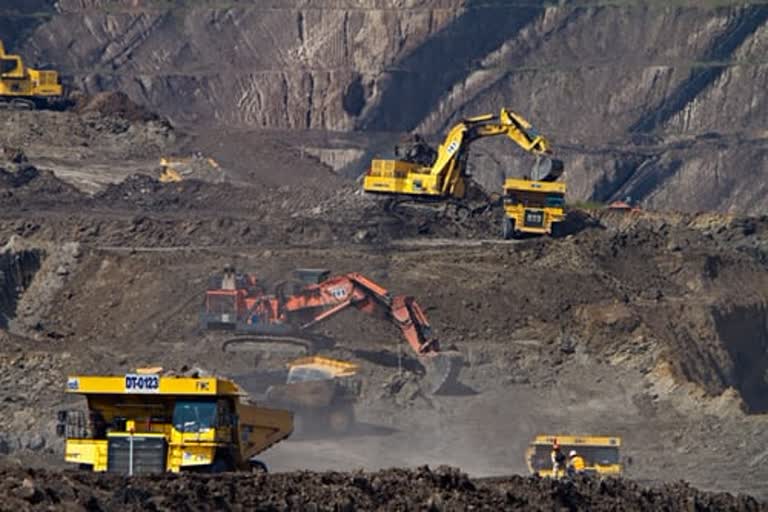New Delhi: India's coal-fired energy sector is facing increasing pressure due to generator over-capacity, water shortages and the rise of low-cost renewables, a report by the US-based Institute for Energy Economics and Financial Analysis (IEEFA) and the Applied Economics Clinic (AEC) said on Wednesday.
The report 'Risks Growing for India's Coal Sector' provides an overview of the ongoing challenges facing India's coal-fired generators due to changes in the energy sector, fluctuations in water supply and stranded-assets as well as other risks.
"The energy landscape has changed dramatically in recent years and there are increasing stressors, particularly on the thermal coal sector, that require urgent attention, water being one of the most prominent," said David Schlissel, co-author and IEEFA's Director of Resource Planning Analysis.
The report details three major challenges that are expected to only intensify in the years ahead.
The first challenge is the over-building of coal-fired capacity. The boom in coal plant construction during the early 2010s has resulted in significant over-capacity.
The amount of installed coal-fired capacity in India is now 20 per cent higher than the country's peak demand level and fully 50 gigawatts (GW) above average demand levels.
The second challenge is the declining water supplies.
Groundwater levels across India are in decline. Since 2012, both total annual rainfall and monsoon rainfall have generally been below normal levels -- a major concern for coal generation, which requires substantial amounts of water for steam production and cooling.
And the third challenge involves the increasing competition from renewables, particularly during the monsoon season.
Read more:Tariff-hit US firms keen to relocate to India from China
Low-cost renewable energy has a great advantage during the monsoon season, when coal generation dips while wind and hydro generation peaks.
